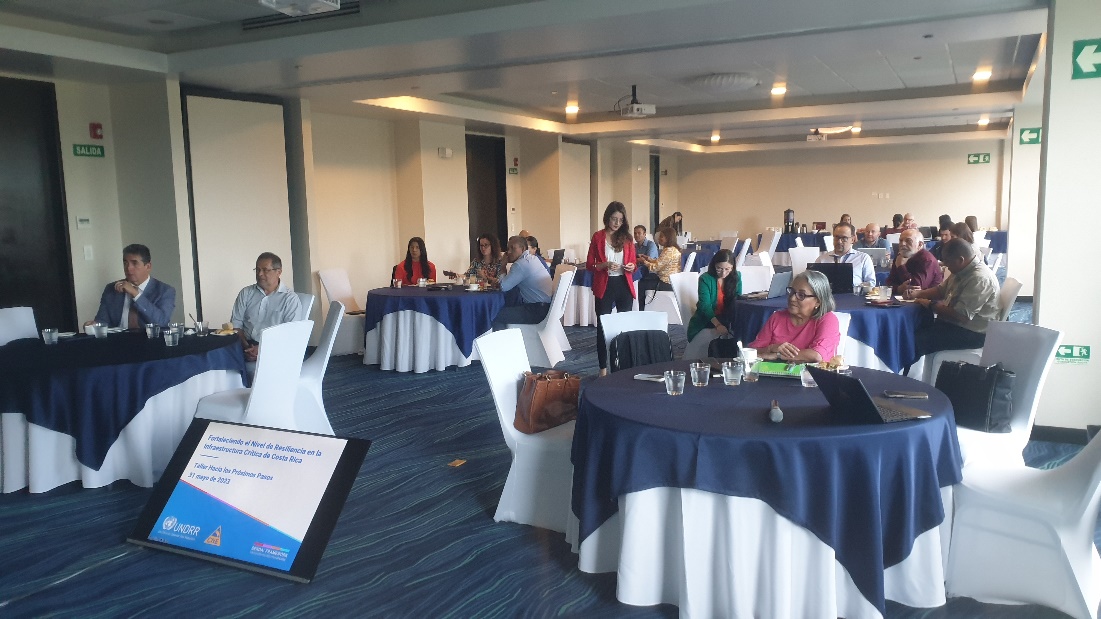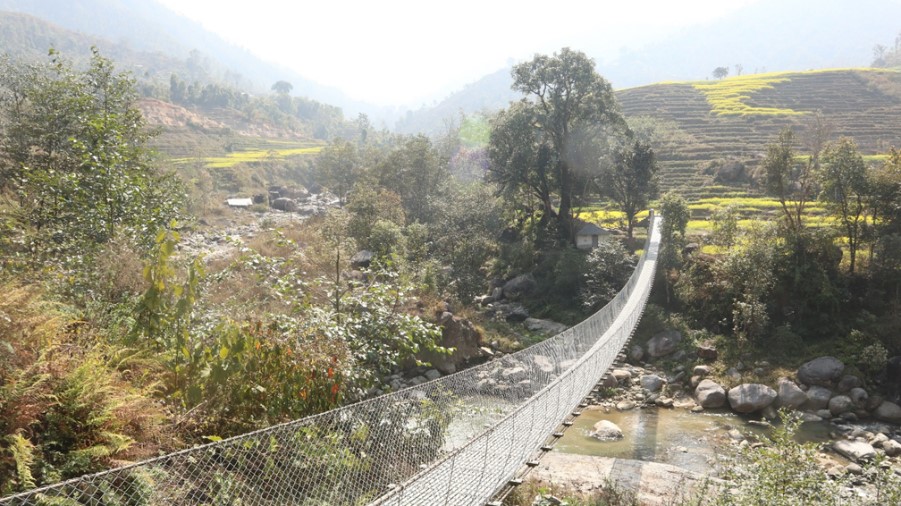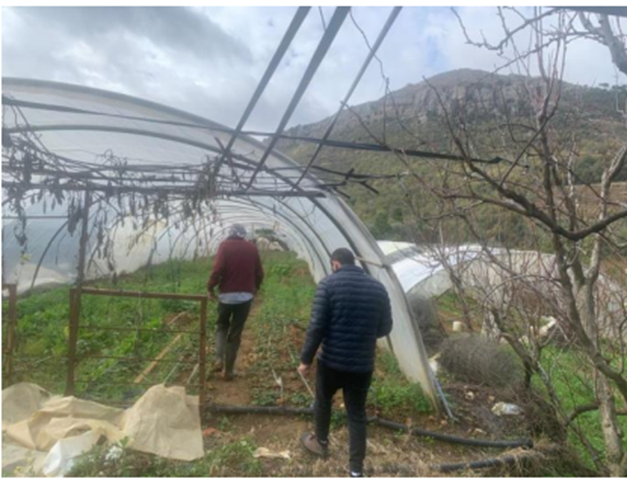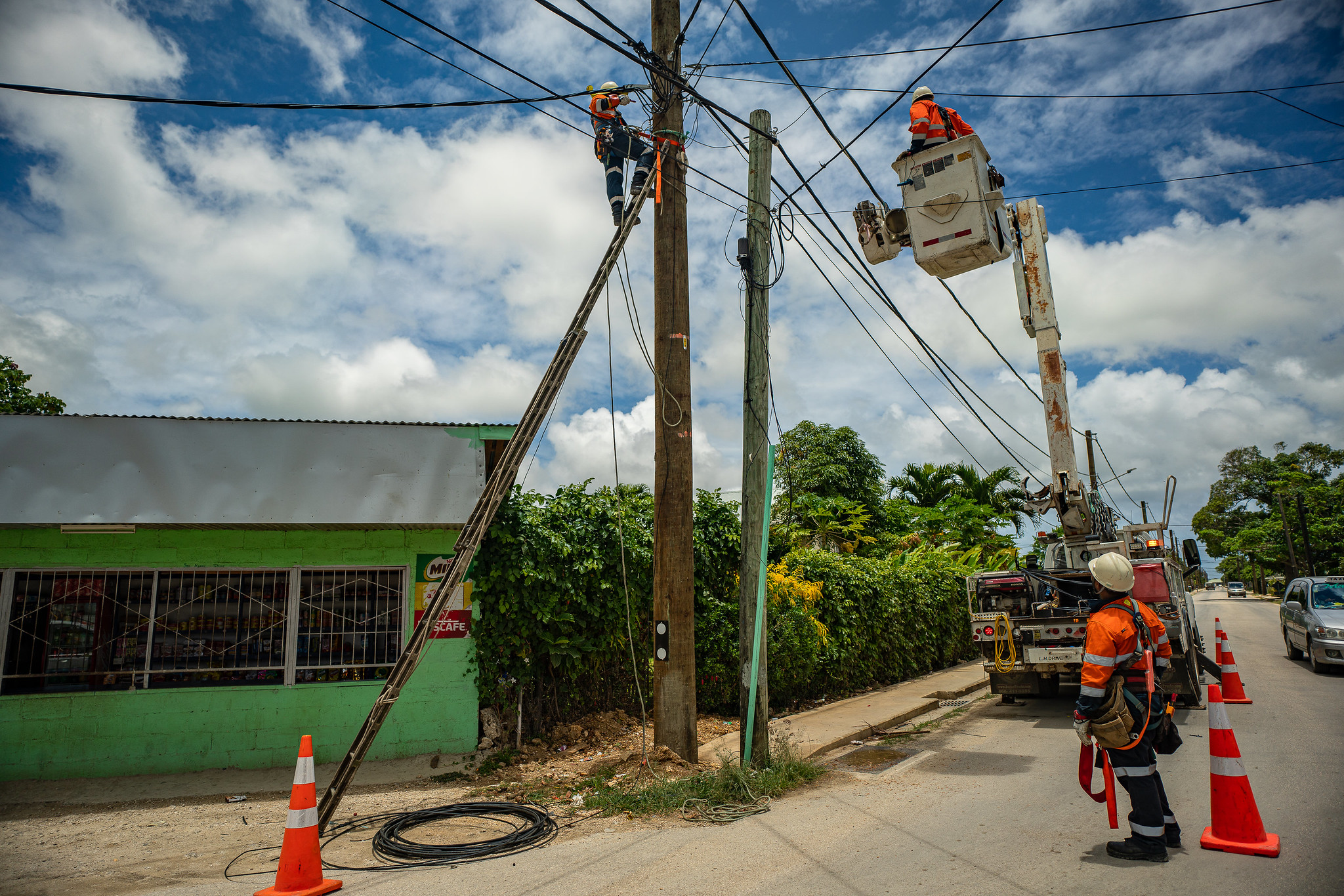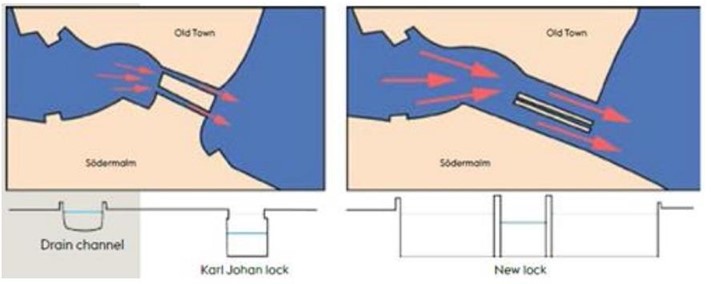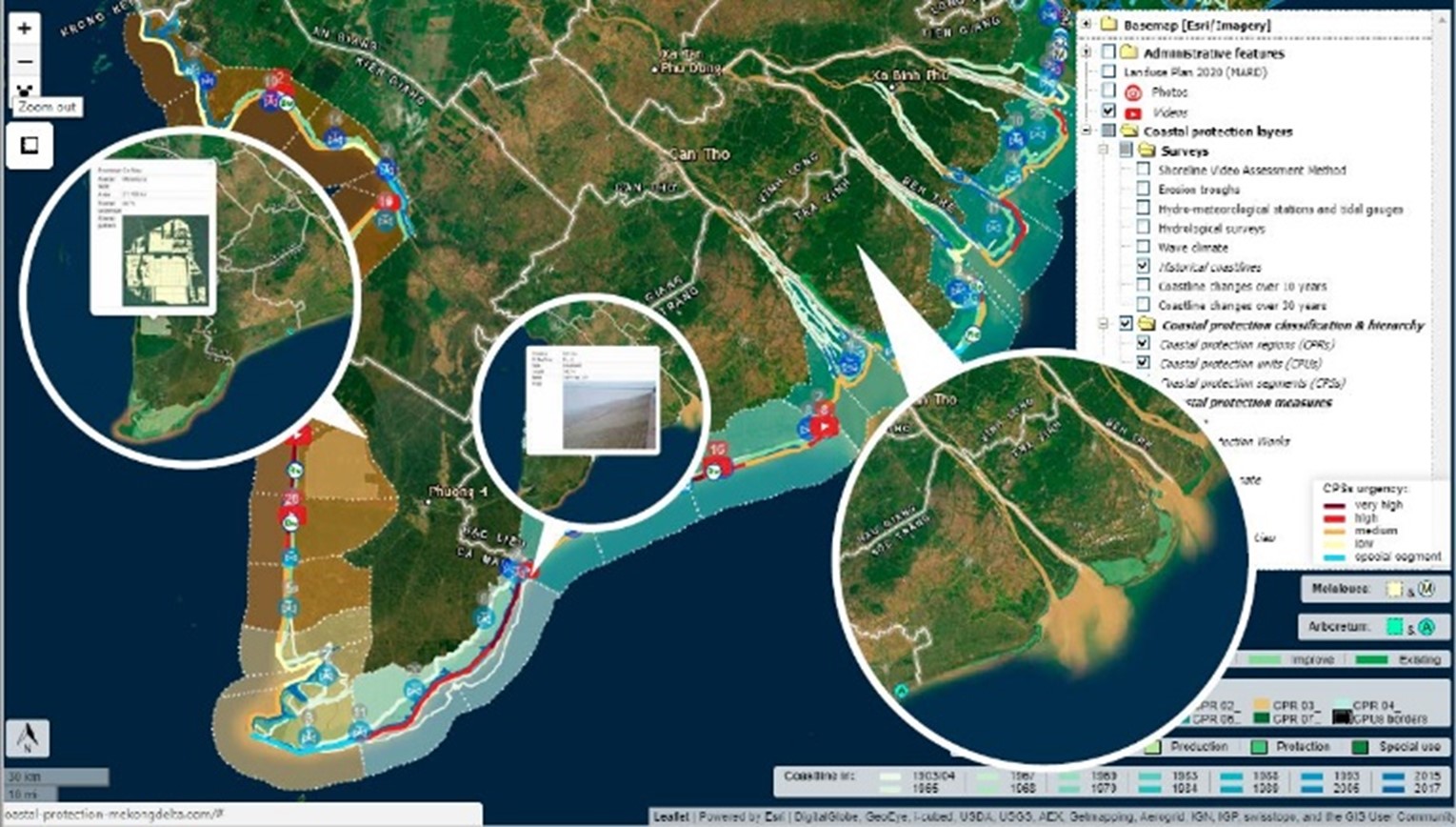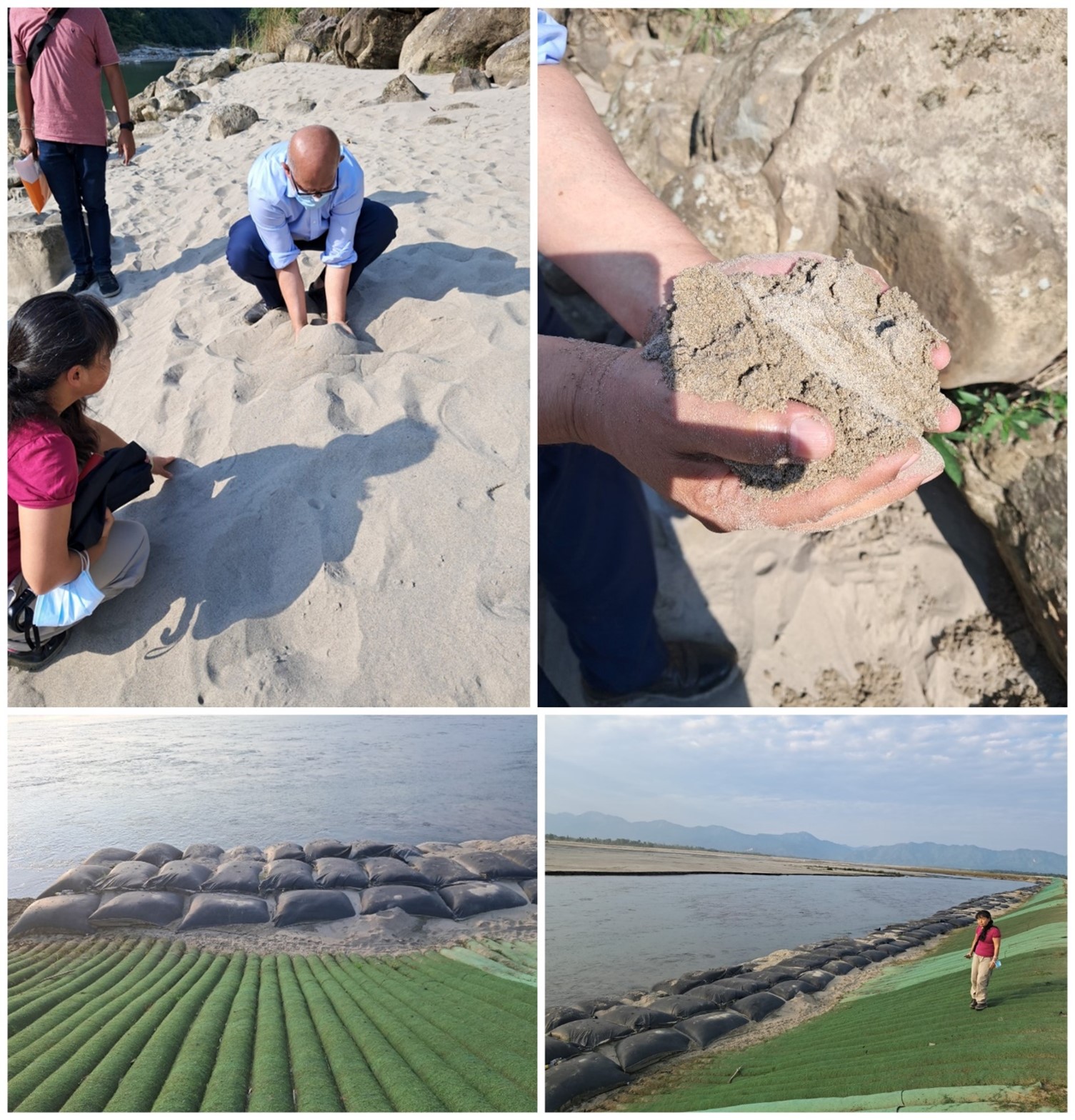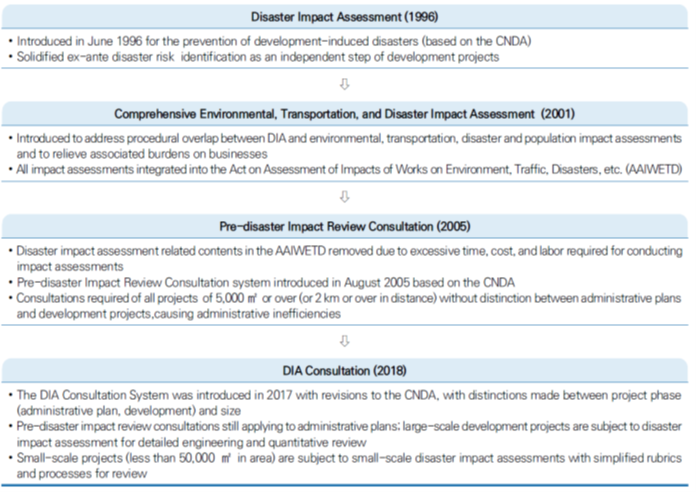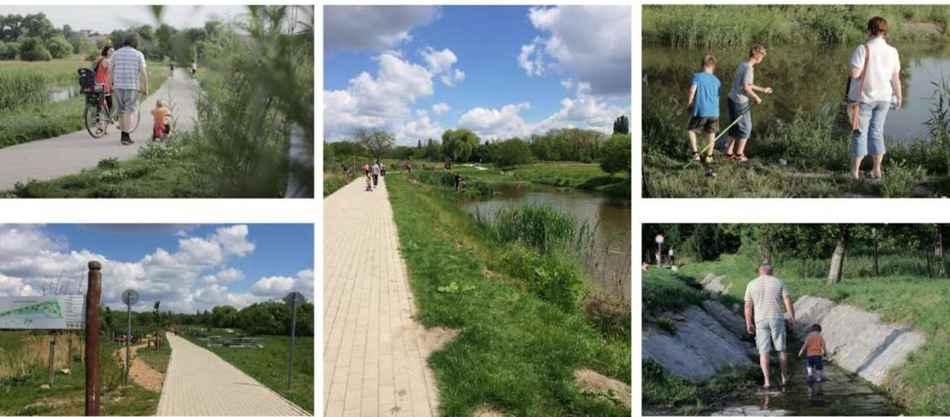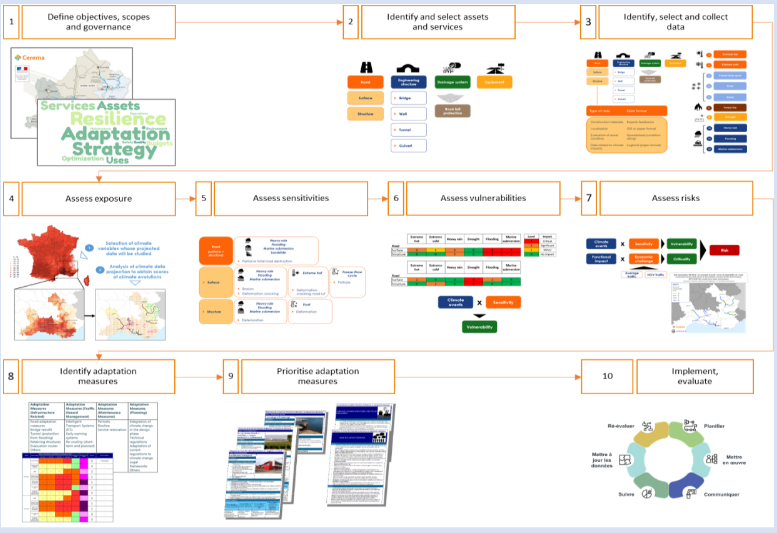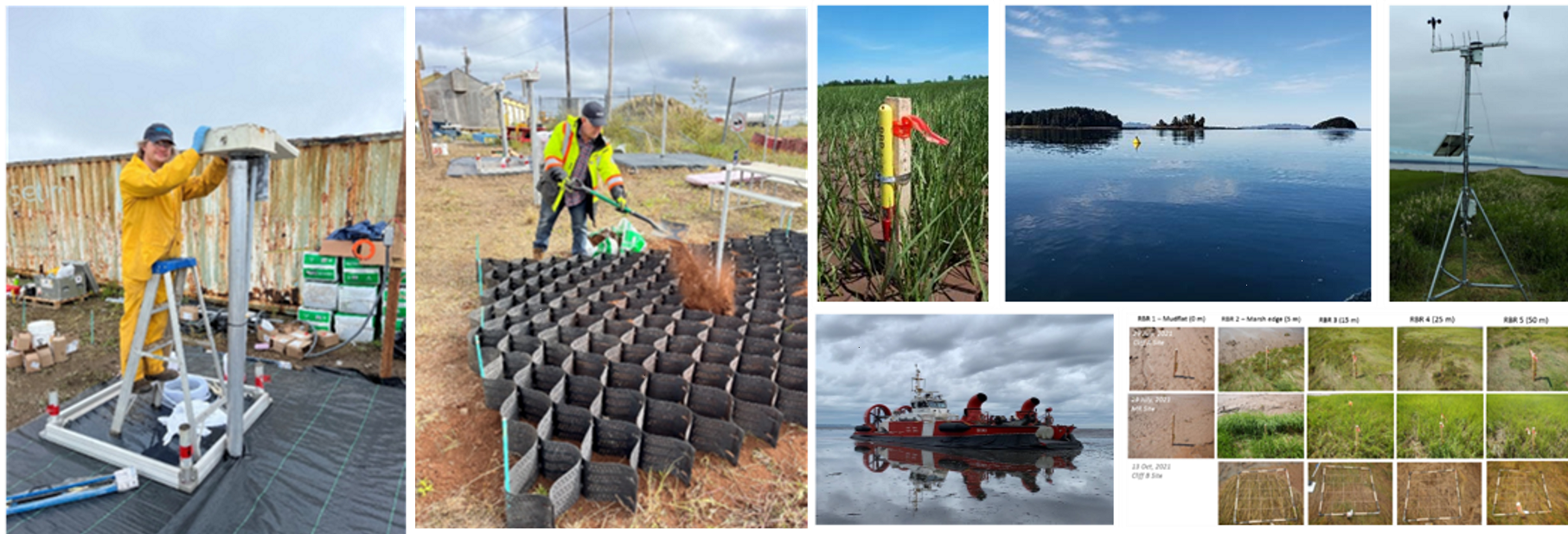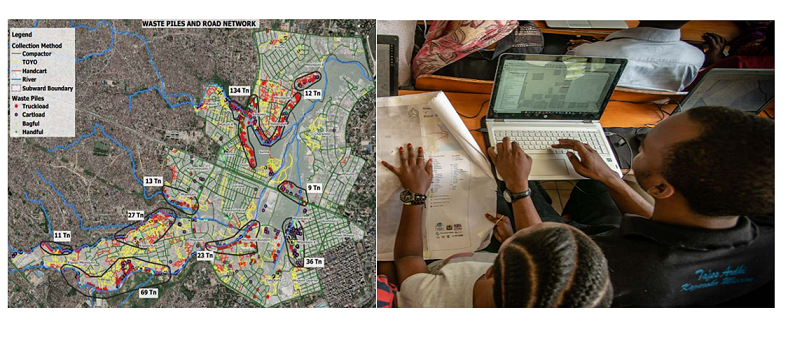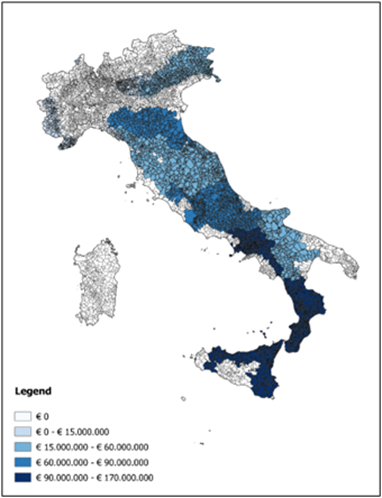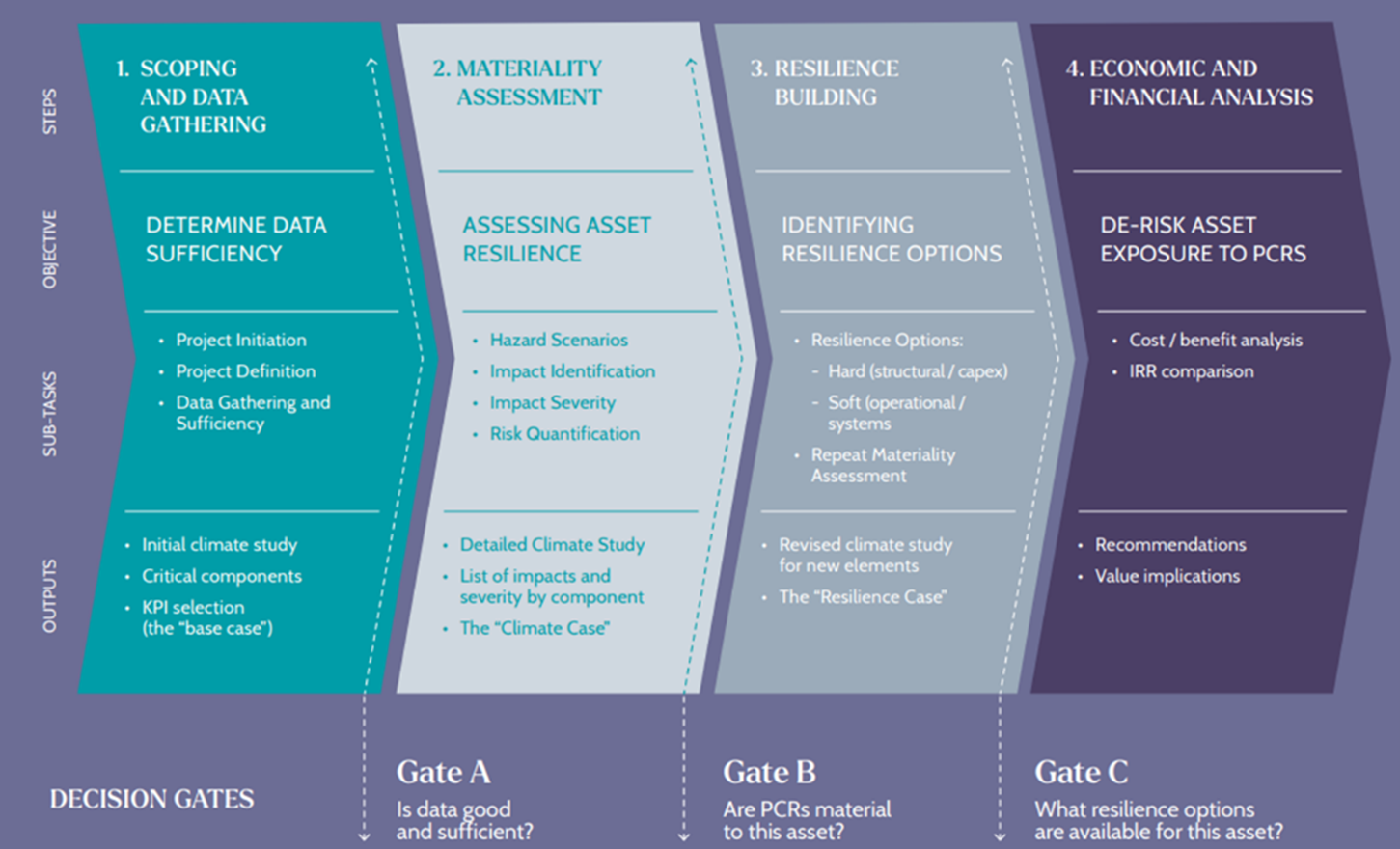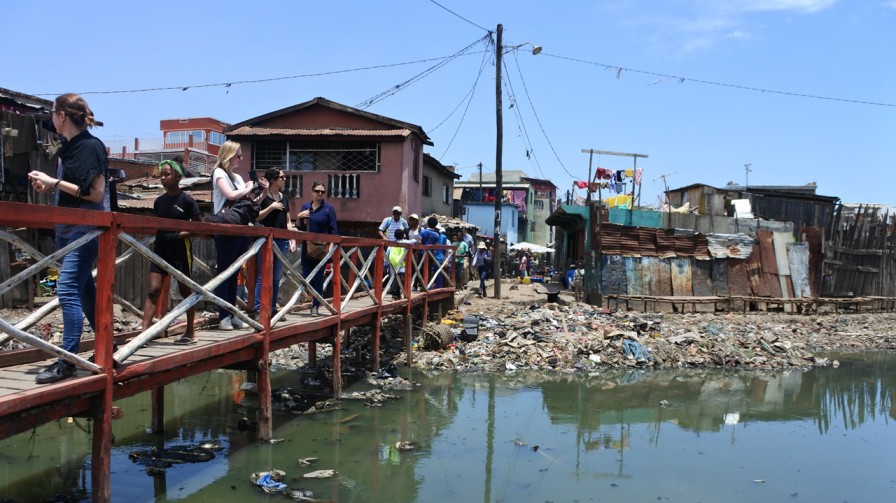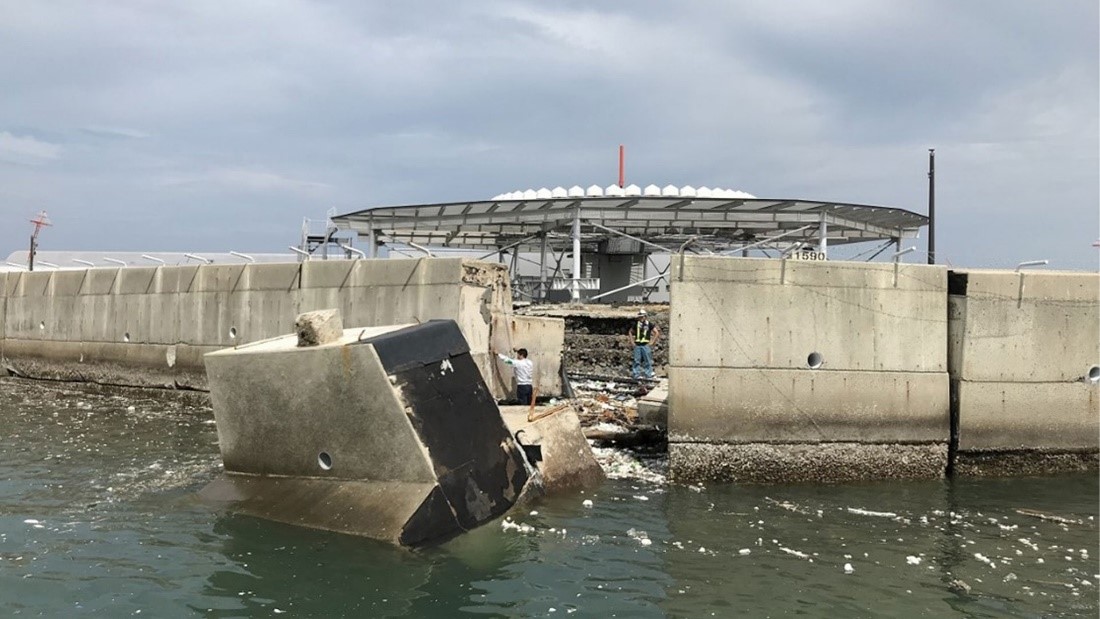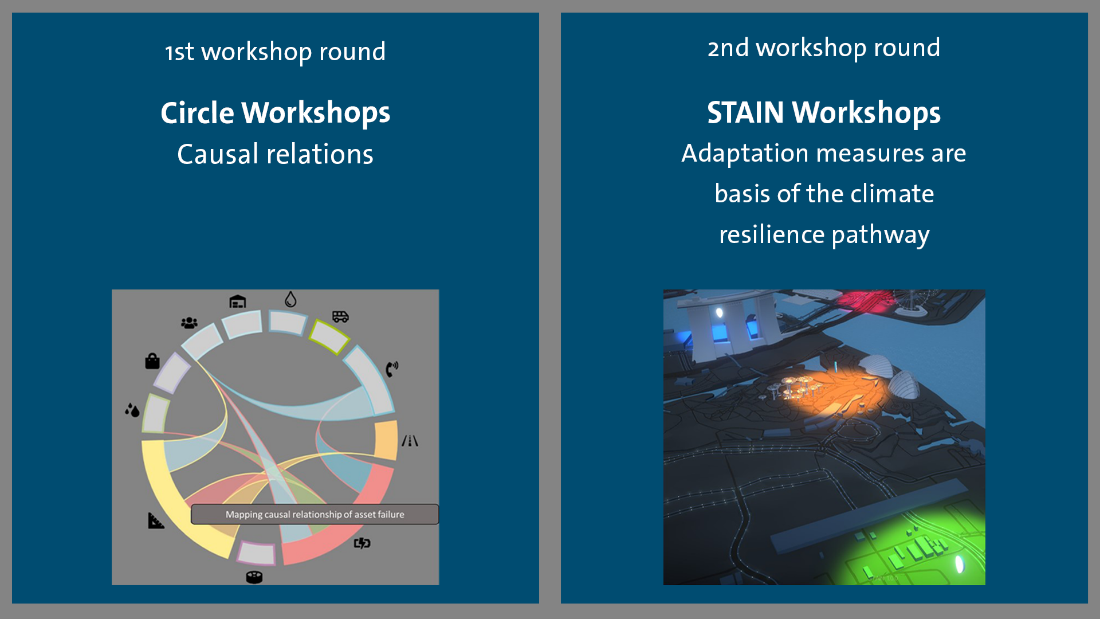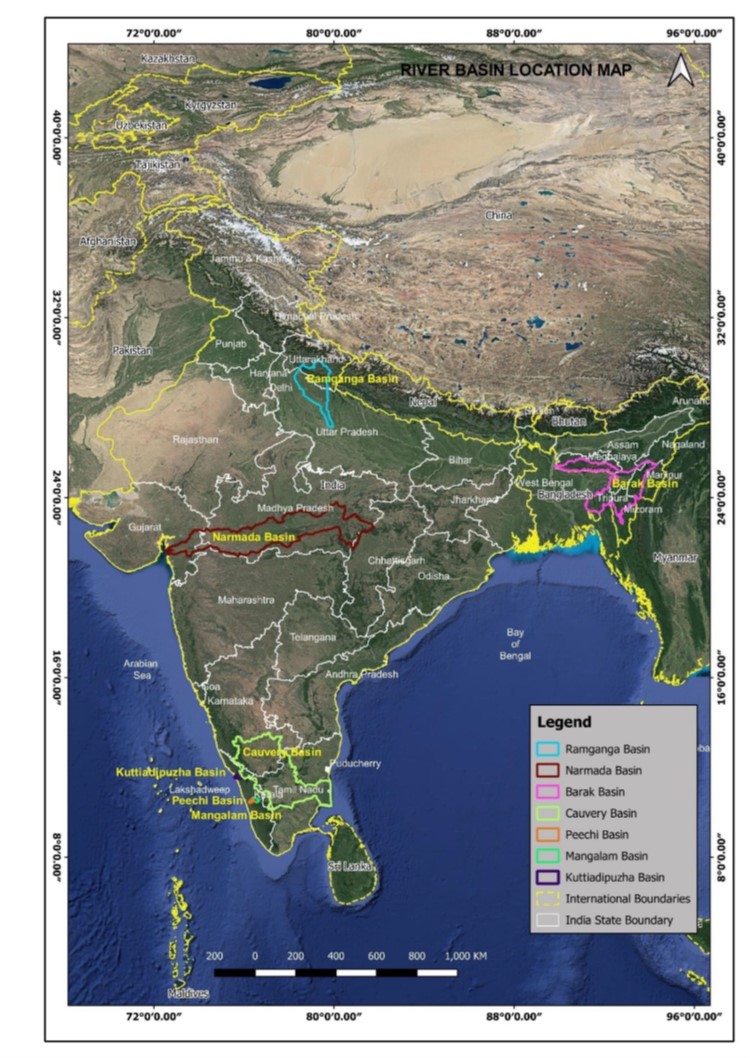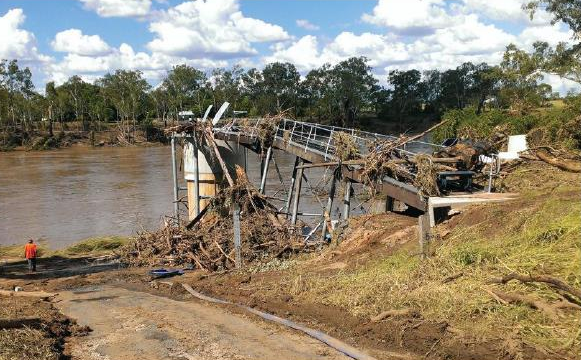 |
 |
 |
Post-earthquake School Reconstruction in Nepal - Bridging the Gap in Remote Areas
Introduction
The 2015 earthquake destroyed over 500,000 houses and partially damaged 269,000. Among other sectors, education was severely affected, with over 9,000 school buildings being damaged and 7,553 destroyed. A total of 49,681 classrooms were damaged, with 21,169 completely collapsed, 12,522 being severely damaged, and 15,990 partially damaged.
Consequently, access to education was further compromised for children of socially vulnerable groups in geographically isolated areas. Classes were being held outdoors or in overcrowded temporary learning centers. The lack of an appropriate school environment increased the risk of dropout and protection issues, and reconstruction of schools was urgently needed.
In December 2018, UNOPS and the Norwegian Embassy agreed to build 24 new earthquake-resilient school buildings with 144 classrooms, gender-sensitive and disabled-friendly toilet blocks in earthquake-affected remote districts.
About the Initiative
The approach was to integrate sustainable, resilient, and inclusive principles across infrastructure lifecycle phases of Planning, Delivery and Management. During the planning phase, adaptation was made to existing designs to enhance the resilience of the school facilities. Based on the geotechnical and topographical surveys for the selected schools, the project adapted existing designs of the Ministry of Education, Science & Technology (MoE) to enhance resilience to identified hazards of earthquakes, cyclones, floods, and landslides.
There was a strong emphasis on gender and inclusion. Designs for female toilets incorporated requirements to allow pupils to dispose of menstrual sanitary waste in an easy, discreet, and hygienic manner. The project also proactively engaged women as part of the workforce throughout the construction. Furthermore, schools and toilets were constructed to ensure easy access to wheelchairs. During the delivery phase, school buildings were constructed to ensure earthquake stability and resistance by using steel and sub-beams. In addition, solar energy systems were installed to ensure a sustainable power supply, reducing the dependency on grid electricity. Backup solar power systems were installed to ensure electricity for a minimum of three days of power outages.
The risk of cyclones and landslides were mitigated through a carefully done geotechnical analysis that aided in identification of 24 sites. Adoption of Nature-based solutions such as of vetiver plants (Chrysopogon zizanioides) around slopes, hilly areas as well as Ashoka and Dhupi trees plantation in flats were incorporated to mitigate the risk of erosion and enhance slope stability.
‘Rat trap bond’ into brickwork was adopted to ensure lower needs for maintenance, insulation and enhance sustainability in the building design. Terrazzo Chip’ flooring was used to promote durability and provide aesthetically better looks to the buildings. Composite-type PVC roof sheeting (ASP roofing sheets) were used for insulation and reduction of noise during rainfall. Finally, a rainwater harvesting system was installed to collect water from roofs for usage in toilets. The project had collaboration with MoE, the National Reconstruction Authority (NRA), and the School Management Committee (SMC) throughout its implementation.
Learning & Impact
The reconstruction of disaster resilient school buildings, with toilet blocks, has contributed to the post-earthquake recovery. A total of 24 school buildings were reconstructed with 144 new classrooms, benefiting 5,280 students (2,711 girls and 2,569 boys) along with 273 teachers, 216 SMC members, and 451 children with disabilities.
A post-construction assessment carried out by the UNOPS and the Government of Norway, listed following key impacts of the initiative:
- Beneficiaries found the building design and safety features to be excellent or very good.
- It was mentioned that the operation and maintenance training helped the school in retaining the attractive look of terrazzo chip floors.
- The rainwater harvesting system was in school gardens, aiding a good natural environment within premises.
- A few issues related to maintenance and upkeep were also identified which were later addressed through the development of an Operational Maintenance Manual (OMM) to guide the local SMC. SMC and national authorities were encouraged to include maintenance costs in their annual budget.
Co-Benefits of the Initiative:
The school reconstruction project made a significant contribution to the post-disaster recovery and sustainable development of earthquake-affected communities in Nepal.
- The project has contributed to SDG 4, specifically on Target 4.1, 4.2, 4.4, 4.5 and 4. a, SDG 7 on Target 7.2 and 7.b as well as SDG 9 on Target 9.1.It particularly addressed the needs of four severely impacted districts, reaching over 5,700 beneficiaries.
- The reconstructed schools adhere to international standards, guaranteeing a safe and conducive learning environment for the affected communities.
- The project particularly benefited 2,711 girls and 451 pupils with disabilities, ensuring inclusive and equal opportunities for education, including early childhood development (Target 4.1, 4.2). As mentioned above, the gender aspect was carefully incorporated into the design. Not only were the toilets constructed separately for females and males, but the female toilets were provided with direct access to an incinerator, allowing safe, easy, and hygienic disposal of menstrual sanitation pads. Dedicated toilets were also constructed for those with disabilities to ensure easy access and usage, contributing to Target 4.5 and 4.a.
- Furthermore, contributing to Target 4.4, the construction process included local contractors and women, in remote areas expediting their understanding about sustainable design and materials such as ‘rat trap bond’ and ‘terrazzo chip flooring’.
- Contributing to SDG 7, Target 7.2 and 7.b., the project incorporated renewable energy solutions such as solar energy systems to ensure a sustainable power supply and ensure standard functioning of schools, including laptop charging. It has reduced the school’s dependency on grid electricity and simultaneously led to a reduction in fees. Backup power systems were installed to ensure energy supply for a minimum of three days in case of power outages.
- The inclusive and resilient features in the project facilitating equitable access to education in the earthquake-affected communities contribute to SDG 9, Target 9.1.
Implementation Challenges and Mitigation Strategies:
It was challenging to access remote areas due to the poor road conditions, especially in the mountains during the monsoon season. The weather and road conditions delayed the soil investigation and school site selection process, which in turn hindered the sustainability assessment of each school site. Despite the challenges, remedial measures such as contractual arrangement of civil works were put forward over the conventional way of providing a contract per site, to prevent further challenges.
- The work was split into three sub-contracts by building components: 1) main building, 2) windows and doors and 3) roofing.
- The new contract strategy aided the primary contractor to focus on the civil works while the fabrication of metal works related to doors, windows and truss works would go in parallel at the factory units of the subcontractors.
- The contracts were duly planned to prevent time slippage and delay due to fabrication works.
The COVID-19 pandemic disrupted the project timeline. However, the team was able to expedite the process by engaging additional workers from neighbouring districts, organising working shifts, and acquiring materials in stock in advance. Moreover, COVID-related health and safety guidelines were followed in addition to the standard practices of UNOPS’ Health, Safety, Social and Environment management.
The safety of engineers on motorbikes to supervise construction sites in remote areas in the field was an issue. The roads in the remote districts can be unsafe for the riders of motorbikes due to bad weather, landslides, and the lack of means to call for help in case of breakdowns. A preventive safety measure was incorporated to conduct regular maintenance of the motorbikes and continuous monitoring of the road situations between schools, complemented with continuous communication between engineers when starting and finishing their journey.
The insufficient capacity of the schools to conduct regular maintenance posed a challenge. Following the MoE’s guidelines, the reconstructed schools were handed over to the SMC, with the schools being responsible for the operations and management of the school buildings. To ensure the schools’ ownership in maintenance, following efforts were made:
- Usage of material and designs that required minimal maintenance.
- Sensitization and guidance on maintenance methodologies and OMM for SMCs and stakeholders of respective schools
- Support in organizing the development of maintenance budget for SMCs for some schools
Scalability:
The project was implemented in Nepal, a landlocked hilly country, highly exposed to earthquakes, cyclones, and floods and therefore lessons from this project are applicable for similar contexts, with recovery and reconstruction requirements.
